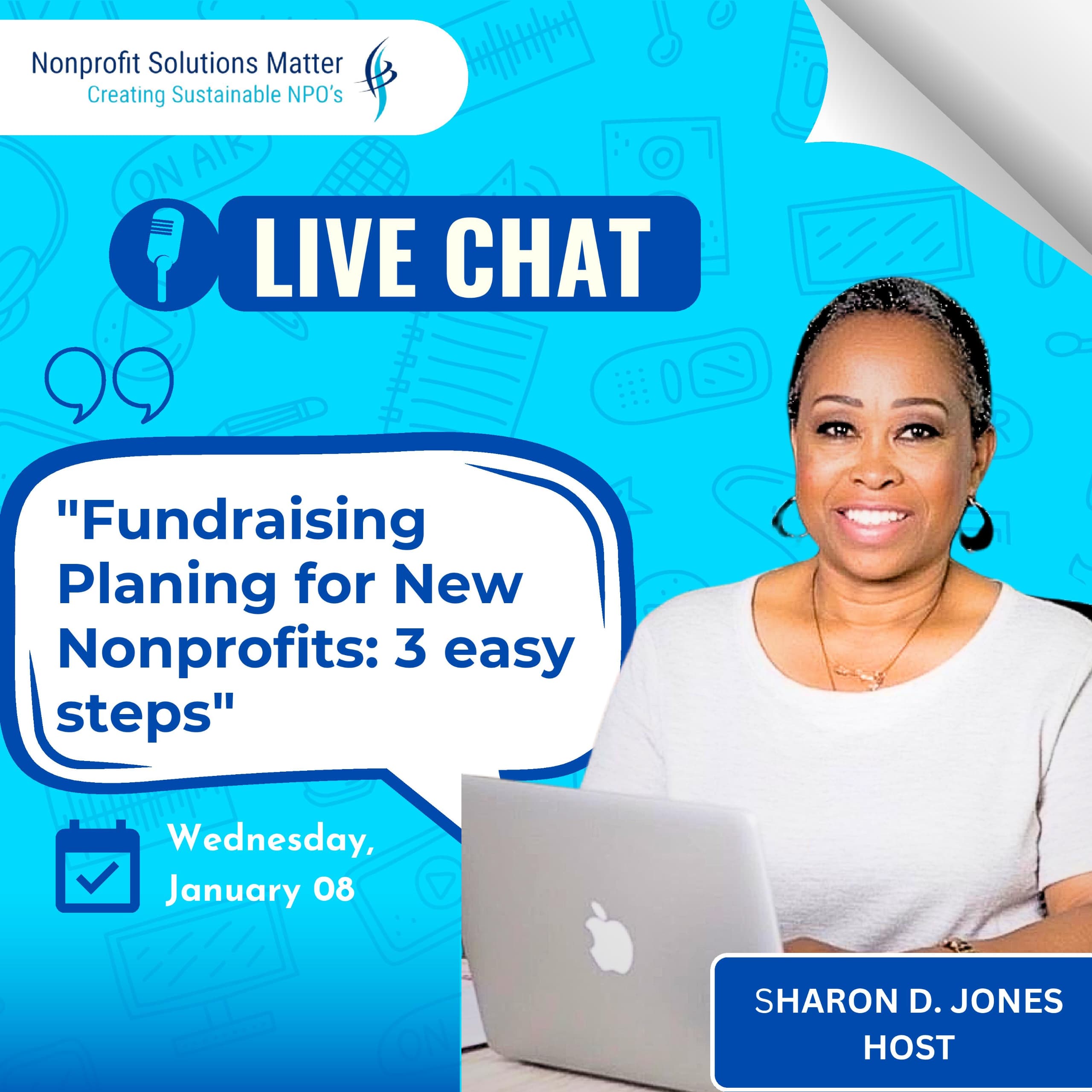Account Management:Managing Corporate Relationship
Good morning, beautiful people. Yesterday, we talked about how to follow up on your corporate funding outreach, even after asking. For example, when you make a request but don't receive the funding right away—which happens 95% of the time—how do you follow up to secure that support? That was the focus of our conversation.
Today, we're diving into managing corporate partnership relationships. Let's say you've made the ask and secured the funding or approval. How do you manage that relationship to ensure long-term success and mutual benefit?
Before we get into today’s topic, there’s one important point I didn’t cover yesterday: When following up on corporate outreach, particularly after you've made the ask and haven’t received immediate funding, you can involve your board members to steward these relationships. For instance, after the presentation to corporate executives, have your board members follow up, creating an executive-to-executive connection.
This approach builds confidence in the organization and strengthens the relationship. Board members can reach out via email or phone, and that personal touch often transforms a potential opportunity into actual funding.
Now, on to managing those partnerships.
1. Appoint an Account Manager
Once you've secured the funding, the first step is to appoint an account manager. This person is the primary liaison between your organization and the corporate partner. Typically, the corporate partner and your organization will each appoint an account manager to ensure both sides track the milestones and deliverables. These managers ensure that nothing slips through the cracks, as missed milestones can damage the relationship.
Your account manager should oversee the relationship to guarantee that all agreed-upon deliverables are met. In some cases, it’s beneficial for the account manager to have a financial background to track the flow of funds and report back to the organization. They might also handle program progress reports for your corporate partner, demonstrating how their support is being utilized and the impact of their contribution.
2. Utilize Project Management Tools
Another key element of managing corporate partnerships is using project management tools like Asana or Trello. These platforms allow you to set up milestones, timelines, and deliverables, making it easier for the account manager and team to stay on top of commitments. Whether it's manually tracking milestones or using these digital tools, what's important is that everyone is aligned and focused on delivering the promised results.
A lot of corporate partnerships are based on delivering value back to the sponsor. You need systems in place to ensure your organization is providing what was promised. It could be as simple as keeping track of deliverables in a spreadsheet or using a project management platform, but the goal is to remain organized and accountable.
3. Monitor and Report Progress
Ongoing monitoring and reporting are crucial to managing these relationships. If a partner has sponsored your organization with $100k expecting to reach 1,000 people through an event, you need to be able to report on how many people were reached and the impact created with their funding. Regular updates help maintain transparency and show that you’re fulfilling your commitments. By keeping your partners informed, you build trust and strengthen the relationship.
4. Transform Partners into Advocates
Another important goal in managing corporate partnerships is transforming your corporate partners into advocates. Many business executives are part of networks of other decision-makers and business owners. If you deliver on your commitments and exceed expectations, these executives can become your advocates, referring your organization to their peers and opening doors to new funding opportunities.
To make this transformation happen, you need to deliver on your milestones, maintain consistent communication, and ask for referrals at the right time. When your partner is happy with the results, that’s your chance to ask for an introduction to others in their network. You can even provide them with content or tools to help spread the word about your organization.
5. Create a Sustainable System
A common misconception is that once you've received the funding, your job is done. In reality, securing the money is only the beginning. You need to nurture the relationship, meet your milestones, and ensure deliverables are on time. By doing this, you'll create a long-term relationship that can lead to additional opportunities, including transforming corporate partners into advocates.
Having a system in place for managing these relationships is key to long-term success. This includes consistent outreach, clear communication, and a focus on nurturing every corporate relationship. It’s not a one-time effort. If you develop a sustainable system—where your outreach team is consistently working, meetings are being held, and emails are being sent—you'll create a continuous flow of corporate cash that becomes part of your everyday reality.
Final Thoughts
That’s all for today on managing corporate partnership relationships. It’s about more than just getting the money; it’s about nurturing and building a long-lasting partnership that can lead to even greater opportunities. Next time, we’ll dive into a new topic: board recruitment—how to find quality board members, the steps to recruit them, and how to keep them committed and engaged.
If you have any questions about corporate funding or need assistance, scan the QR code on the screen or give us a call.
We’re here to help you raise money, build your board, and transform your organization. Until next time—take care!
Rooney Akpesiri is the VP of Client Services, Solutions Matter LLC.























































